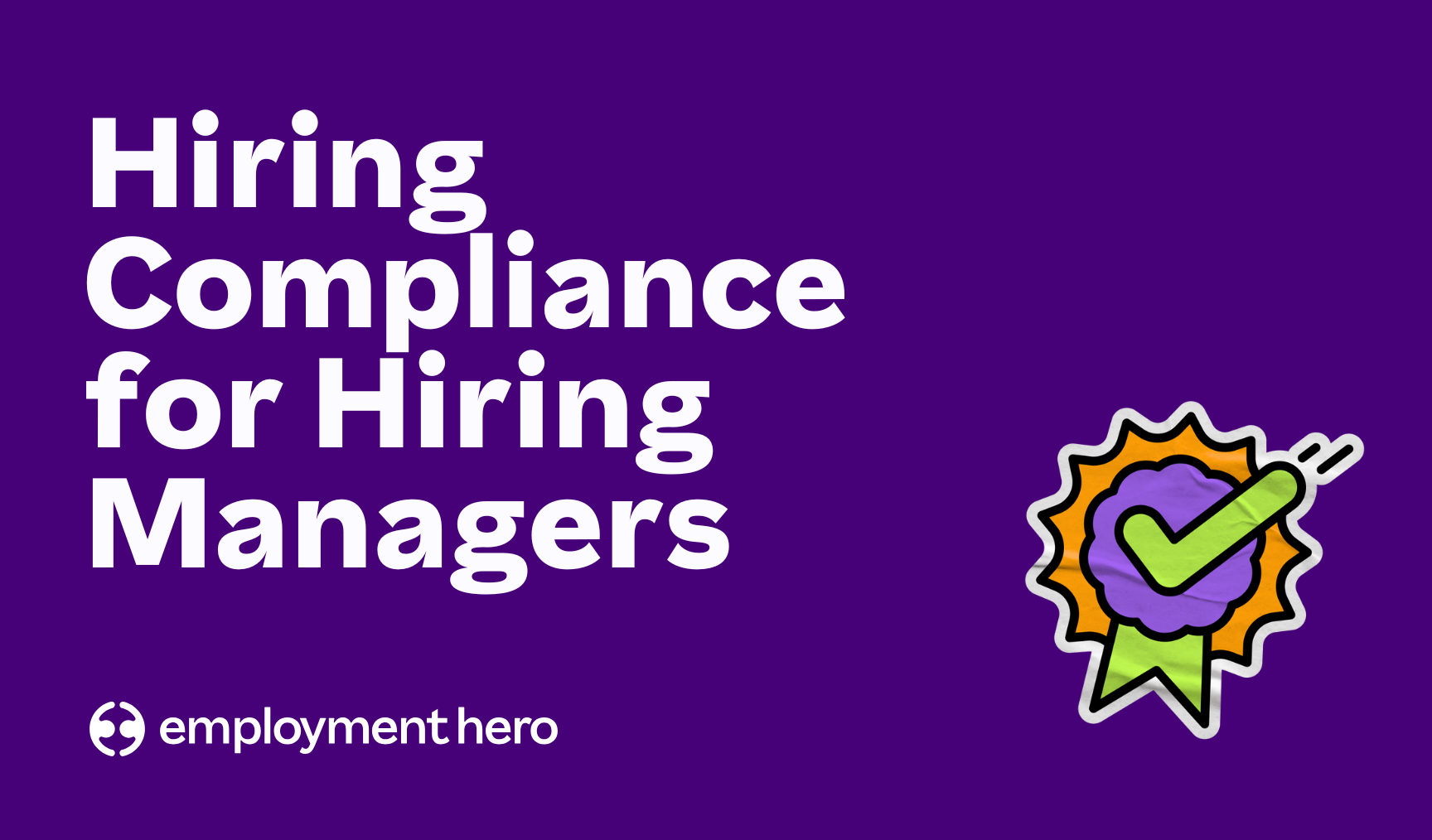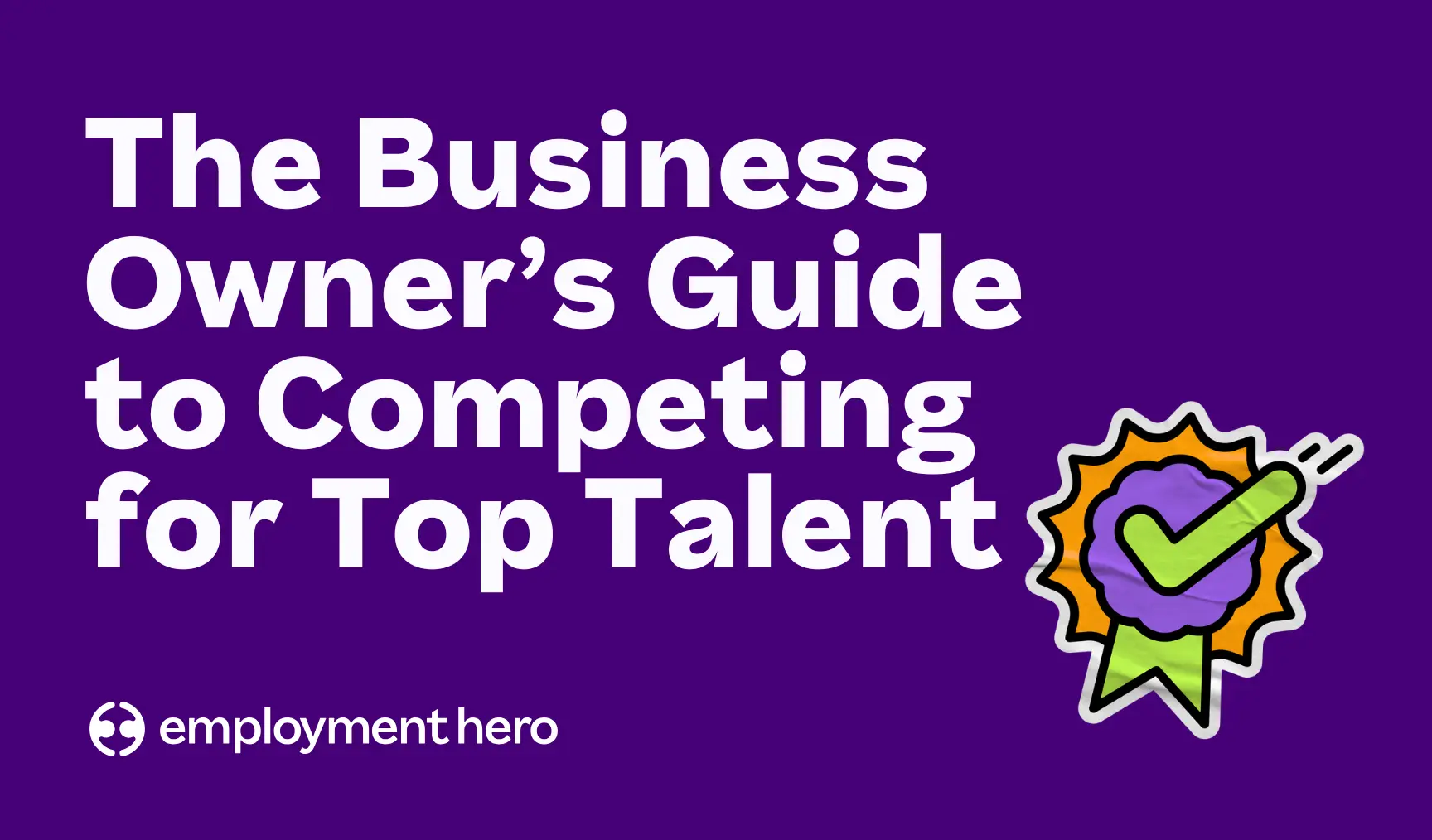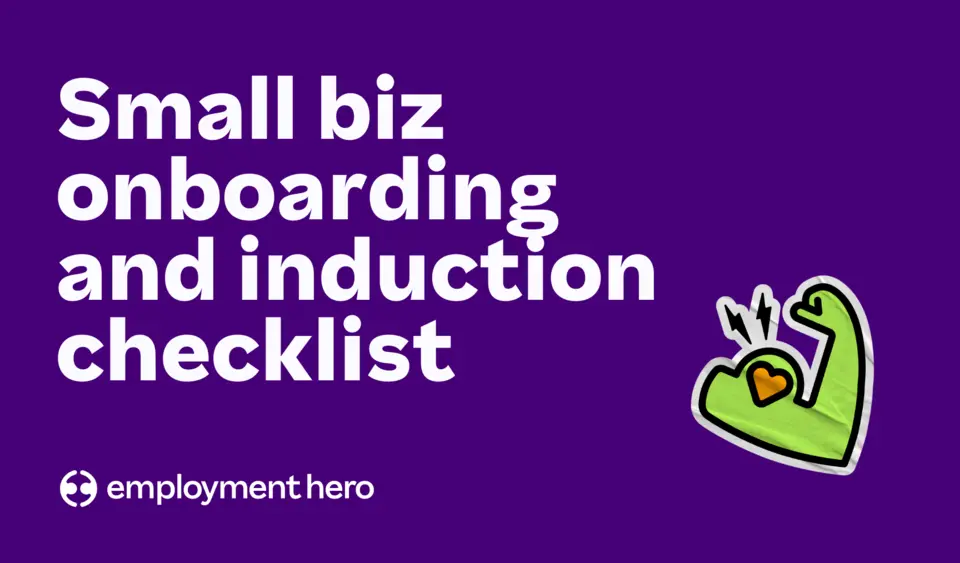What you need to know about the minimum wage increase
Published
What you need to know about the minimum wage increase
Published
1 min read
Whether you’re running a busy factory floor, a boutique café or a busy restaurant, the upcoming minimum wage increase applies to many Kiwi employers.
Our factsheet will take you through what to expect, the relevant minimum wage categories and how you can prepare your business.
The factsheet includes:
- The new minimum wage increase
- The differences between the wage categories
- How employers can prepare for the change
Download our factsheet on the minimum wage increase today.
The nitty gritty of the minimum wage increase
Set by the government and reviewed every year, minimum wage rates dictate the minimum rate employers must pay employees for any form of employment. It typically increases slightly each year on 1 April, so it’s a good idea to set yourself a reminder before then to start preparations for the change.
The minimum wage increases from 1 April 2025. The new rates are below:
Adult minimum wage
The adult minimum wage in New Zealand will increase from $23.15 to $23.50 gross per hour. This minimum wage rate is applicable to employees aged 16 years and over who aren’t eligible for the starting-out or training wage. Employees who are involved in supervising or training other workers as part of their role, regardless of their age or training status, should also be on this wage.
Starting-out minimum wage
For those on the starting-out wage, the minimum rate will increase from $18.52 to $18.80 gross per hour. The starting-out wage is applicable to the following employees:
- Those aged 16 or 17 years old, who have still to complete six months of continuous employment with their current employer.
- Those aged 18 or 19 years old, who have been paid a specified social security benefit for six months or more, and who have not yet completed six months of continuous employment with their employer since being paid a benefit.
Training minimum wage
Like the starting-out wage, the training minimum wage will increase from $18.52 to $18.80 gross per hour. The training minimum wage applies to employees aged 20 years or over, whose employment agreement states that they have to do at least 60 credits a year of an industry training programme or apprenticeship to become fully qualified
Heads up! The new rates are before tax including PAYE, student loan repayments, and child support payments.
When the minimum wage rate applies
- The minimum wage rate applies to all hours worked, unless both parties agree to a higher rate in the employment agreement.
- it applies to employees paid with a salary or piece rates or commission.
The minimum wage does not apply in some situations, including:
- employees under 16 years of age;
- where a Labour Inspector has issued a minimum wage exemption permit to an employee who has a disability that limits them carrying out their work.
How can employers prepare for this change?
It’s important to be prepared in advance for the minimum wage increase. The wage increase may require multiple changes across your business and not having the change in place from 1 April onwards may lead to costly penalties.
Understand your obligations
First of all, this is a good time to make sure that as a business leader or payroll professional, you understand exactly what is required of employers in regards to the minimum wage. As well as the different minimum wage categories, you should understand that the minimum wage applies to all hours worked, and to employees on a salary, piece rates or commission. You’ll find detailed information in the factsheet.
Let your team know
If you have any employees who are currently paid the minimum wage, you should inform them of the increase they will be receiving. This should be done in writing (letter or email) as an addendum to their employment contract. It is best practice to keep a copy of this change on the employee’s personnel file.
Check your payroll processes
Remember that the new minimum wage comes into effect at the end of each financial year (EOFY). Make sure to factor the minimum wage change into any future preparations for the 2025/2026 financial year.
Speak to those in charge of your payroll, whether that’s your payroll provider, finance team, HR department or accountant. Make sure they’re across the upcoming change and know how to adjust the settings. For those using payroll software, it may require a few manual tweaks to get everything ready to go.
Consider reviewing pay rates company-wide
With those on the minimum wage receiving an increase, leaders may want to consider how that then compares with those on higher wages. They might look into a pay adjustment for other employees to maintain the relative difference. Employers should note, unless the company has a policy or clause in the employment agreement, there is no obligation for all employees to receive pay rises if they are paid above the minimum wage.
Review your workforce budget
With minimum wage increasing, you may find your budget for labour costs a little stretched. Now is a great time to review your budget, check if there are any areas you can make savings, and adjust your workforce planning to suit. Since the minimum wage typically increases each year, it’s a good idea to integrate the minimum wage increase into your annual planning.
Minimum wage hike feeling heavy? Lighten the load with Employment Hero
Business owners and employers have enough on their shoulders as it is, let alone the financial pressure that can come with minimum wage increases. We get it, and that’s why we’re determined to lighten the load – both when the minimum wage increases and beyond.
With our Employment Operating System, you can set up automated reminders about minimum wage increases, update pay rates in just a few clicks, and feel confident your team will be paid on time. Plus, automatcially store all pay records in one central, secure place, so you never have to go hunting for paper payslips again.
But we don’t just support you with payroll – our Employment Operating System also centralises how you manage hiring, HR and employee engagement in one end-to-end platform. That means no more patchwork HR solutions that slow you down, and drain you of your valuable time and resources.
Ready to see for yourself? Talk to one of our specialists today. Book a demo.
Disclaimer: The information in this article and its corresponding resource is current as at 7 March 2025 and has been prepared by Employment Hero Pty Ltd (ABN 11 160 047 709) and its related bodies corporate (Employment Hero). The views expressed in this article are general information only, are provided in good faith to assist employers and their employees, and should not be relied on as professional advice. The Information is based on data supplied by third parties. While such data is believed to be accurate, it has not been independently verified and no warranties are given that it is complete, accurate, up to date or fit for the purpose for which it is required. Employment Hero does not accept responsibility for any inaccuracy in such data and is not liable for any loss or damages arising either directly or indirectly as a result of reliance on, use of or inability to use any information provided in this article. You should undertake your own research and to seek professional advice before making any decisions or relying on the information in this article.
Related Resources
-
 Read more: Recruitment compliance do’s and don’ts: Hiring compliance for hiring managers
Read more: Recruitment compliance do’s and don’ts: Hiring compliance for hiring managersRecruitment compliance do’s and don’ts: Hiring compliance for hiring managers
Published 1 min read Having responsibility for a business’s approach to hiring can be daunting: how do you ensure all…
-
 Read more: Hiring Issues Holding You Back? The Business Owner’s Guide to Competing for Top Talent
Read more: Hiring Issues Holding You Back? The Business Owner’s Guide to Competing for Top TalentHiring Issues Holding You Back? The Business Owner’s Guide to Competing for Top Talent
Published 1 min read Hiring great people is one of the most powerful ways to grow your business – but…
-
 Read more: Dodge Thousands in Fines, Keep Great Staff: Onboarding Checklist
Read more: Dodge Thousands in Fines, Keep Great Staff: Onboarding ChecklistDodge Thousands in Fines, Keep Great Staff: Onboarding Checklist
If you run a business with under 10 staff, this onboarding checklist will help you get the most out of…










